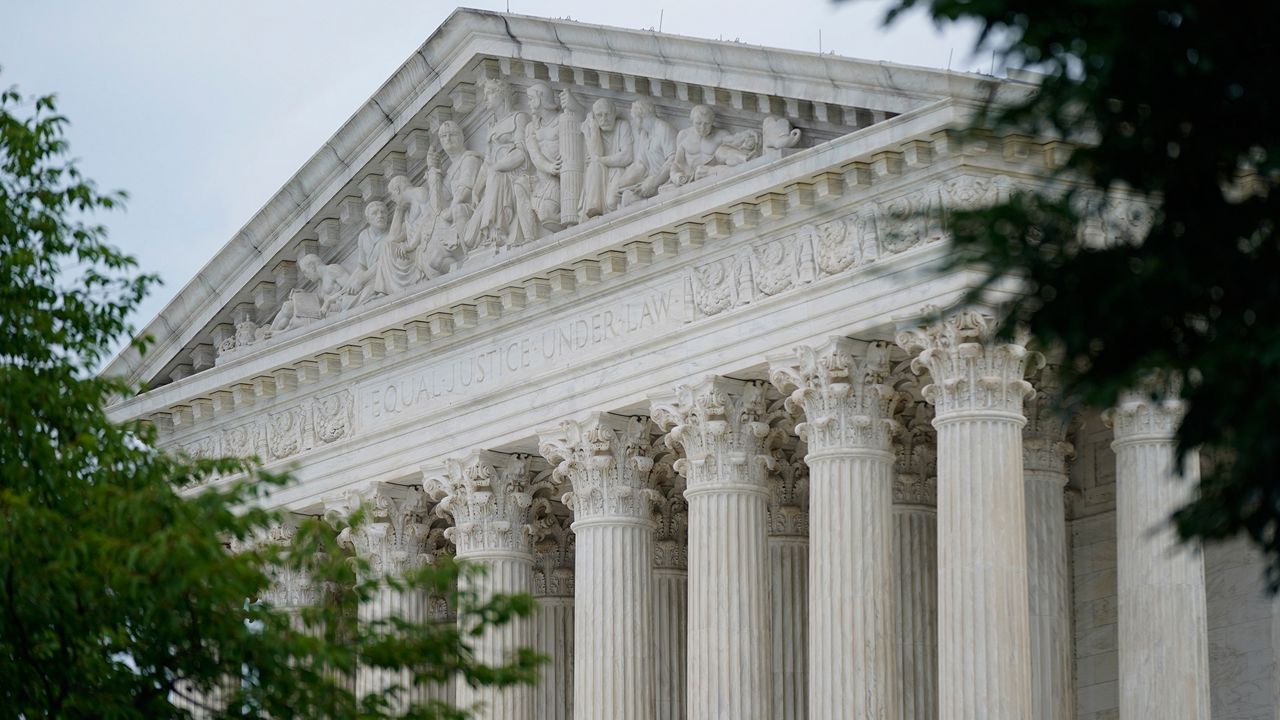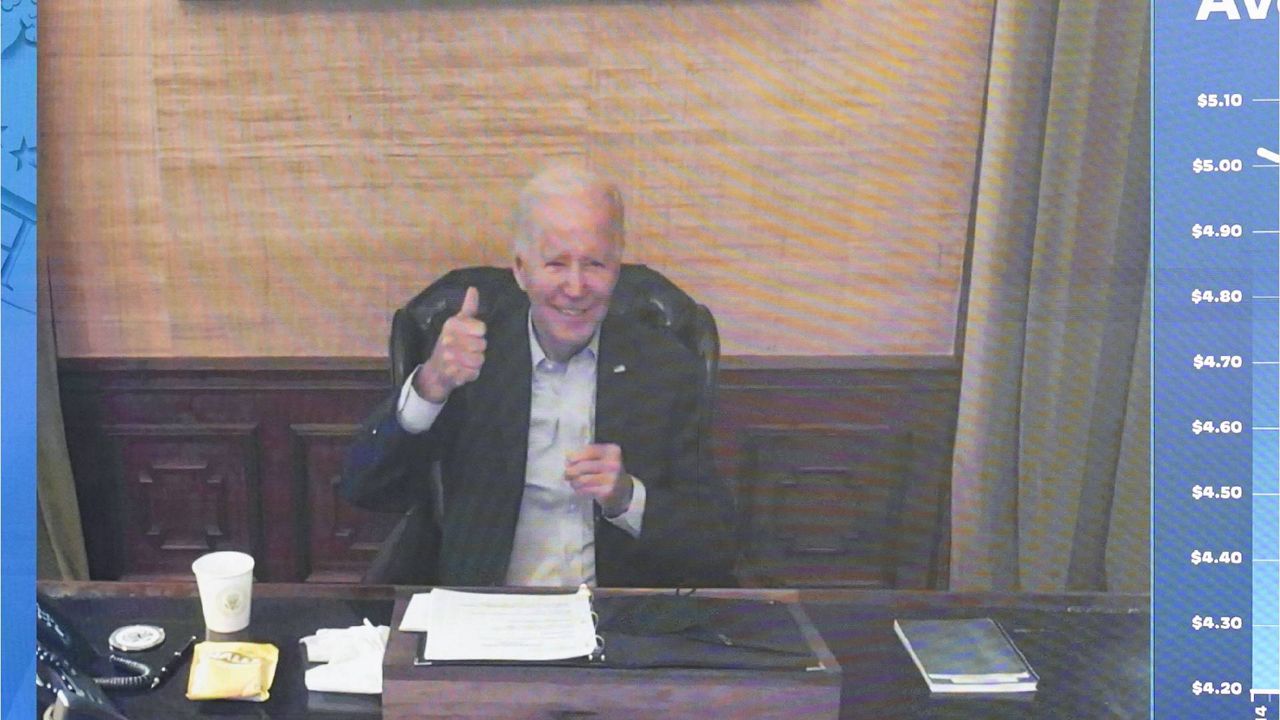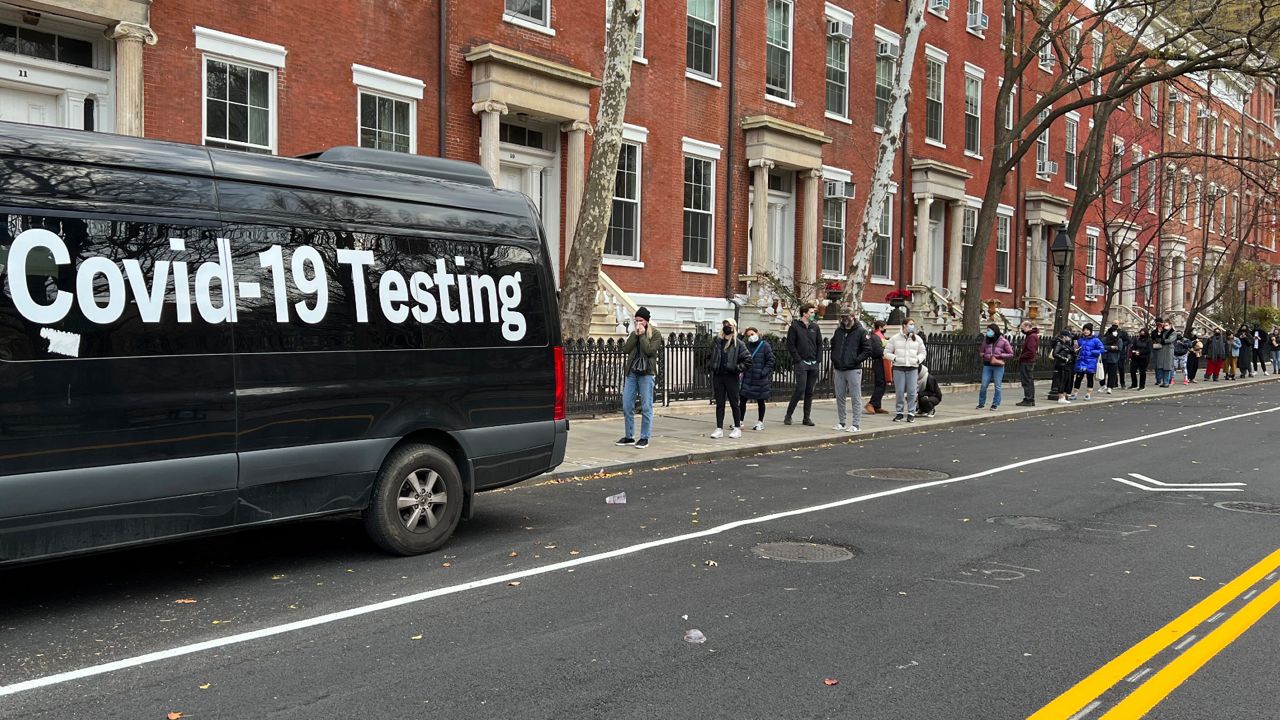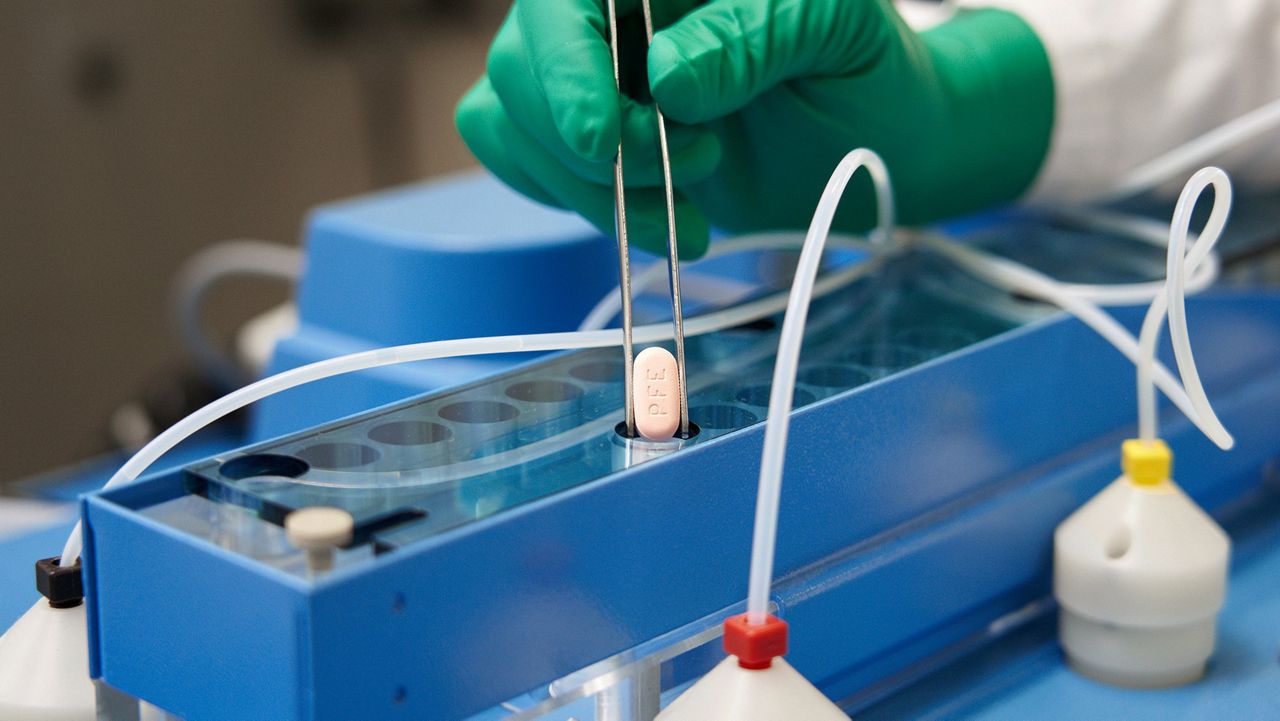NEW YORK — Manhattan and Staten Island neighborhoods are leading New York City in COVID-19 vaccinations, while the parts of the city hit hardest by the coronavirus — the South Bronx, south and central Queens and central Brooklyn — lag far behind, according to city vaccine data released Tuesday morning.
The Upper East Side and Upper West Side have the highest rates of partially and fully vaccinated New Yorkers out of the city’s densest areas, with neighborhoods like Lenox Hill showing 16% of residents fully vaccinated.
Some parts of the city with smaller communities -- Breezy Point in the Rockaways and the eastern edge of Little Neck in Queens, City Island in the Bronx -- have even higher rates of vaccination among adults.
What You Need To Know
- The city released geographic data on partial and full COVID-19 vaccination by ZIP code
- The data show large gaps in vaccination levels between some wealthy, majority-white neighborhoods and several hard-hit areas with majority Black, Hispanic, Asian and South Asian populations
- Mayor Bill de Blasio pointed to low vaccine supply from the federal and state government as the main culprit for the gaps
- The data on the disparities come after weeks of community outreach by city agencies, often relying on community organizations to partner on virtual town halls about the vaccine's safety
Two areas with high rates of COVID-19 deaths -- East Elmhurst and Flushing, in Queens -- had just 4% and 6% of adults vaccinated, respectively.
The data is based on self-reported home residence information from vaccine recipients in New York City, covering the more than 1,336,000 vaccine doses the city has distributed so far.
The data showed dramatic gaps in vaccine distribution between some majority white and Asian communities and communities of Black, Hispanic, Asian and South Asian New Yorkers, which faced some of the highest rates of COVID-19 cases and deaths.
Mayor Bill de Blasio lamented the vaccine distribution disparities while largely blaming the gaps on low vaccine supply from the state and federal government, which he said would put “momentum” behind ongoing city efforts to educate people about the vaccine and overcome hesitancy.
In response to a question from a reporter, he said the disparities did not represent a personal failure.
“We’ve designed this effort to address disparity, but we need supply and we need time to win people's trust and comfort with the vaccine,” de Blasio said.
The city data shows the total number and percentage of adults in a ZIP code who have received either one or two doses of COVID-19 vaccines. It does not show what proportion of adults in a given ZIP code are eligible for the vaccine, which can vary widely.
De Blasio said that the city does not have data to show the distribution of vaccine eligible New Yorkers, but said that he wants all the ZIP codes to level out in their vaccine distribution levels.
“When it comes to vaccination, the challenge here is that the folks who already have been doing very well in our society also happen to be folks who had a high level of confidence in the vaccine,” he said.
The city’s efforts have focused in large part on expanding the number of vaccine distribution points, especially in some of the hardest hit neighborhoods.
Yet low supply has hindered the city’s ability to keep those sites running. Last week, NY1 reported that nearly all of the city-run sites regularly close for vaccines Monday through Wednesday, due to low supply, including several sites in hard-hit areas with no other vaccine distribution points.
Dr. Torian Easterling, Chief Equity Officer of the city’s health department, said that his experiences visiting vaccine clinics in places like East New York, where the rate of full vaccination is 2%, showed him that more vaccine education is needed to make people comfortable with the vaccine.
He said two common concerns that he heard from residents were that the vaccine causes fertility problems, and that it was the product of a rushed and unsafe scientific process. (The Centers for Disease Control and Prevention offers information on the safeness and effectiveness of the COVID-19 vaccines here.)
“The important part is not just earning the trust around vaccines, but also making our communities feel that we’re out here to really serve them,” Easterling said.
De Blasio also announced two new vaccine sites will be opening this week: one long awaited site in Staten Island, at Empire Outlets, and another in Brownsville, in Brooklyn.
The Brownsville site, at Teachers Preparatory High School, is aimed at residents of Brownsville and East New York, as well as home health aides. De Blasio said that the city’s goal is to vaccinate 25,000 home health aides at the site over the next 30 days. The site will be open six days a week, from 8 a.m. to 8 p.m.
The Empire Outlets site, near the Staten Island Ferry, will be open seven days a week from 8 a.m. to 5 p.m., and is only open to residents of Staten Island.
De Blasio also said the city would be ramping up efforts to vaccinate homebound seniors, and will start doing one-day vaccine drives in senior housing.








